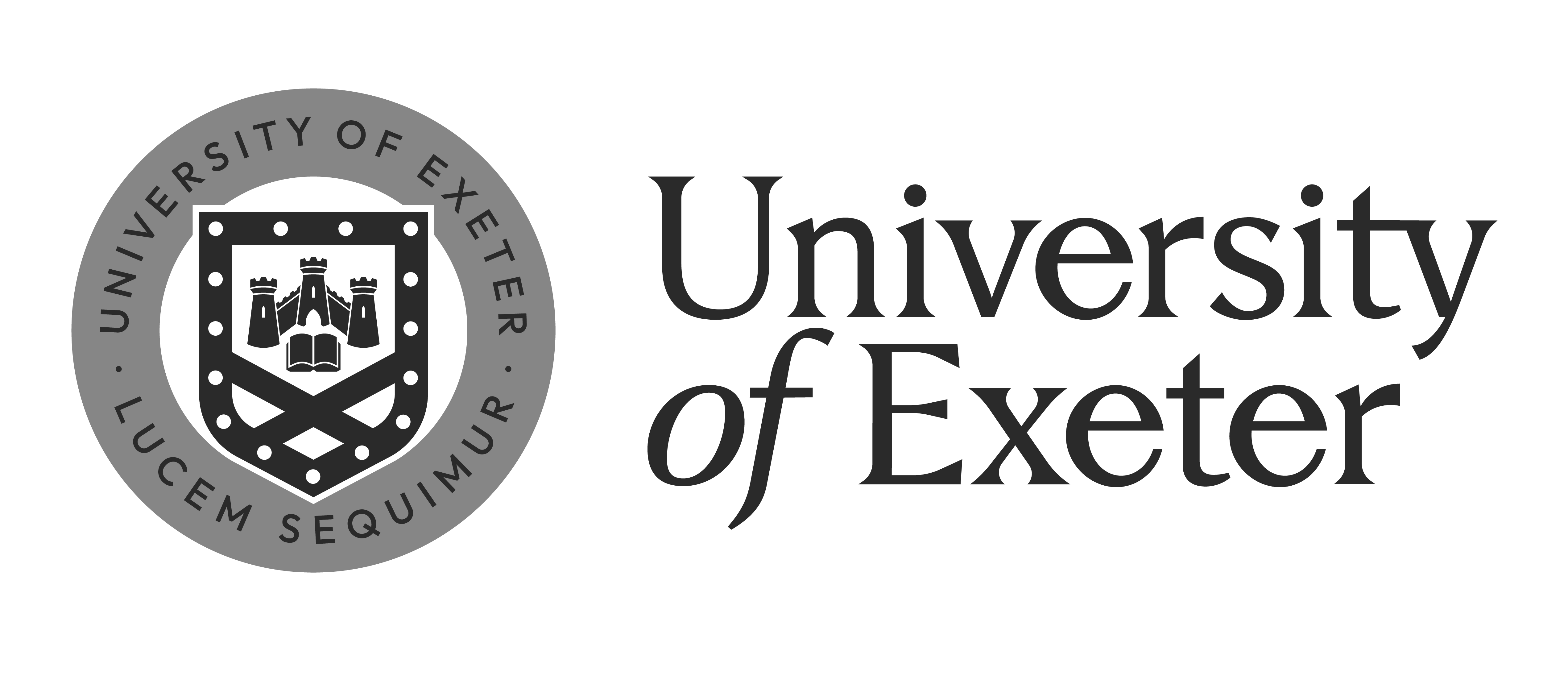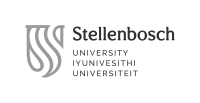F2016 Peace & Prosperity in Northeast Asia: Beyond ‘North Korean Nuclear Crisis’
Professors
Schedule
Course description
From 2006 to 2017 North Korea initiated total 6 times of nuclear weapons test. NK becomes de facto nuclear state. ‘North Korean Nuclear Crisis’ discourse spread worldwide from early 1990s after the collapse of socialist countries that dismantle the Cold War global security structure. However, America, China, Russia, Japan and South Korea failed to deter NK nuclear weapons program and long range missiles development.
This course will explore ‘NK Nuclear Crisis’ not only from Global Security Problematic but also from Historical Trajectories of NK-America confrontation over the Korean peninsula after the WWII. Furthermore, we will reinterpret ‘Nuclear Crisis’ from South & North Korean national positions. By tracing the genealogy of ‘nuclear crisis discourse’ over Korean peninsula from the Korean War period, we can identify the social construction of ‘nuclear crisis’ discourse by different subjects during different periods.
First, American nuclear strategy over the globe in general and over the Korean peninsula in particular is reviewed. It was nuclear threat of America that ignited ‘nuclear crisis’ over Korean peninsula. Second, NK’s perception and reaction to ‘nuclear crisis’ caused by U. S. nuclear threat is examined. NK’s ‘denuclearization of the Korean peninsula’ policy ever since 1950s is highlighted. Third, how we can understand and respond to the current nuclear crisis caused by NK is outlined. By taking into consideration the deeply embedded national and regional historical grievances as well as global security concerns over this issue, we can decipher the multiple layers of “NK Nuclear Crisis” and complexities of dealing with this problems. In conclusion, by reflecting on the historical and global context of the social construction of “NK nuclear crisis” discourse over Korean peninsula, we can have reflexive approaches to the ‘NK nuclear crisis’ by envisioning a new Governing Structure over Northeast Asia in general and over the Korean peninsula in particular.
This course will aim at developing an interdisciplinary approach among Sociology, International Relations, Security Studies, and History.
Course schedule
Week 1 Introduction: Historicity, Globality and Reflexivity on NK Nuclear Crisis
Week 2 Inter Korea Relations and America before & after the Korean War
Week 3 North Korea and China: From Socialist Revolution to Market Reform
Week 4 South Korea and America: Security Alliance, Capitalist Development and Democracy
Week 5 Rise & Demise of Cold War System and Global Nuclear Regime
Week 6 The Making of NK Nuclear Crisis in the Context of NK-America Confrontation
Week 7 ‘Nuclear Crisis’ in the Korean Peninsula (1): From 1950s to 1970s
Week 8 ‘Nuclear Crisis’ in the Korean Peninsula (2): the 1st NK nuclear crisis of 1990s
Week 9 “Nuclear Crisis” in the Korean Peninsula (3): the 2nd NK nuclear crisis of 2000s
Week 10 NK Nuclear Crisis and Inter Korea Relations: State or Nation centric Perspective
Week 11 Beyond NK Nuclear Crisis: Imagining a New IR over Northeast Asia
Week 12 Inventing Peaceful, Prosperous and Democratic Regional Order in Northeast Asia
Teaching methods
Frontal teaching with the use of power point slide presentation; plus watching various films & clips about the Korean War, North Korean Leader, Army & ordinary people, NK nuclear issues, and SK-NK relations.
Film (1) American Experience: The Battle of Chosin (2016): A Korean War Documentary.
Film (2) A State of Mind (BBC, 2004): A documentary that follows two young NK girls as they prepare for the Mass Game, the world’s largest choreographed gymnastic performance.
Film (3) North Korean Leaders and Social System (Update)
Clips of NK Nuclear Crisis from 1990s until now including SK-NK summit meetings of 2000, 2007 & 2018 and NK-America summit meetings of 2018 & 2019.
Evaluation
1. Classroom participation: Participation means regular attendance and active participation in class discussions. It means listening carefully, thoughtfully, and respectfully to what others are saying and responding accordingly. It also means coming to class prepared (i.e. read the assignments, think about them, and be ready to contribute to the day’s discussion). In addition to participation in all class discussions, each student will sign up to serve as a discussion leader for at least one class. (20%)
2. Two short reflection essays (3-5 pages) after watching films and clips (15% each × 2 = 30%)
3. One in-class presentation and developing the same topic into final report (at least 10 pages) and submit it by the end of the course. Final report could be combination of two short essays and other materials (50%)
Recommended Bibliography Lists (Each Student chooses her/his own topic)
BLUTH, CHRISTOPH, (2008), Korea: Hot Spots in Global Politics, Polity.
BRODE, HAROLD L., (2014), Nuclear Weapons in the Cold War, Montgomery Publishing.
CHA, VICTOR, (2012), The Impossible State: North Korea, Past and Future, Harper Collins Publishers. CUMINGS, BRUCE, (2002), Parallax Visions: Making Sense of American-East Asian Relations at the End of the Century, Duke University Press.
*CUMINGS, BRUCE, (2005), Korea’s Place in the Sun: A Modern History, W.W. Norton & Company. CUMINGS, BRUCE AND ABRAHAMIAN, ERVAND, (2004), Inventing the Axis of Evil: The Truth About North Korea, Iran, And Syria, The New Press.
OBERDORFER, DON AND CARLIN, ROBERT, (2013) The Two Koreas, Basic Books.
GADDIS, JOHN LEWIS, 1982(2005), Strategies of Containment: A Critical Appraisal of Postwar American National Security Policy, Oxford University Press.
HAYS, PETER, (1991), Pacific Powderkeg: American Nuclear Dilemmas in Korea, Lexington Books.
JONES, MATTHEW, (2010), After Hiroshima: The United States, Race and Nuclear Weapons in Asia, 1945-1965, Cambridge University Press.
KIM, JINA, (2014), The North Korean Nuclear Weapons Crisis: The Nuclear Taboo Revisited?, Palgrave Macmillan.
KIM, SUNG CHUL & COHEN, MICHAEL D. (2017), North Korea and Nuclear Weapons, Georgetown University Press.
MAZARR, MICHAEL J., (1995), North Korea and the Bomb, St. Martin’s Press.
MOLTZ, JAMES CLAY AND MANSOUROV, ALEXANDRE, (2000), The North Korean Nuclear Program, Routledge.
PRITCHARD, CHARLES L., (2007), Failed Diplomacy: The Tragic Story of How North Korea Got the Bomb, Brookings Institution Press.
SIGAL, LEON, (1997), Disarming Strangers: Nuclear Diplomacy with North Korea, Princeton University Press.
SMITH, HAZEL, (2015), North Korea: Markets and Military Rule, Cambridge University Press.
TANNENWALD, NINA, (2007), The Nuclear Taboo: The United States and the Non-Use of Nuclear Weapons Since 1945, Cambridge University Press.
WIT, JOEL S, PONEMAN DANIEL & GALLUCCI ROBERT L., (2005), Going Critical: the first North Korean nuclear crisis, Brookings Institution Press.


















